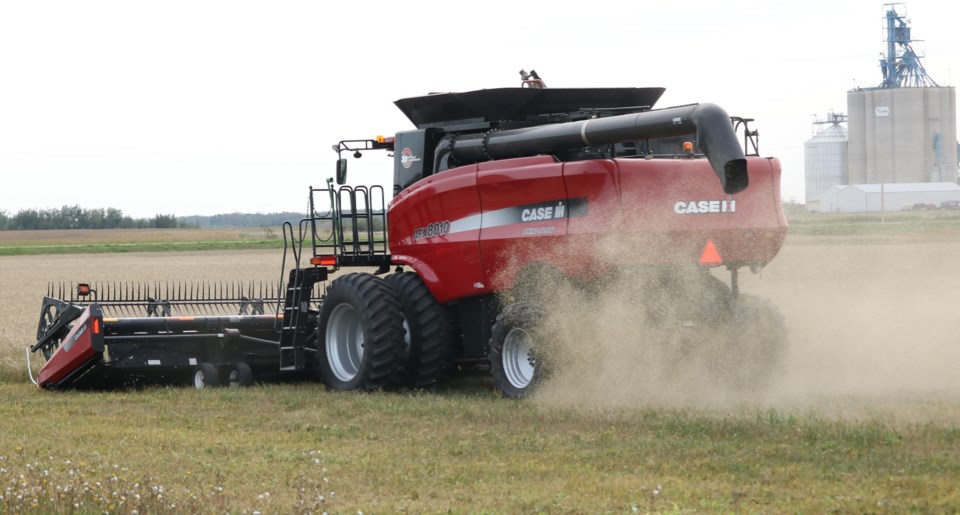I know many of us have wheat, kutia, as part of our Christmas meals. It is a delightful dish appreciated by many, even if it is not in their own culinary background.
The ingredients of kutia are wheat (or wheatberries as they are sometimes called); poppyseed and honey or sugar. It is always the first dish of the Christmas Eve supper, and in days gone by, a spoonful of kutia would be thrown upwards at the ceiling. If many grains of wheat and poppyseeds stuck to the ceiling, it was a sign of good fortune in the coming year. This dish is so special it is called “God’s Dish”, because the wheat represents life over death; a small dish of kutia is even left out for beloved ancestors to share the meal in spirit.
Wheat was so important: the precious grain that provided food and livelihood, and our ancestors gave thanks for the bounty of those fields.
Wheat has been a significant crop since around 9000 BC. It is hard to imagine that the first “wheat” crops began when farmers sowed wild grasses, cereal grasses, which is what wheat was a very long time ago. Over time, it became domesticated and began to move through the world. In the last two hundred years or so, new and better varieties of wheat were developed to give good quality, high yielding wheat.
The wheat family, triticum, now has thousands of varieties with certain varieties excelling at doing certain things such as certain kinds 小蓝视频 best for flour, some varieties for pasta, or some for other products such as crackers.
Wheat can grow in a variety of soil types and climates; we see how it is grown all over the world. There is winter wheat and spring wheat, sown at two distinct times. And if you want to dazzle the family as you sit at the table on Christmas Eve eating kutia, here are some wheat factoids: a bushel of wheat has about a million wheat kernels. And a bushel of wheat will give us about 42 pounds of flour.
The story of wheat from field to food is fascinating and complex; learning about it makes us realize how it earns the high esteem and spiritual significance that it has.
For myself, the making of kutia was a family time that weaves together actions, fragrances and flavors. I can still see it with my mind’s eye: sitting around the table “cleaning” the wheat of the odd bits of chaff or the occasional little stone. Mom soaking the wheat overnight. That warm, comforting fragrance of the wheat cooking. Scalding and grinding up the poppyseed with Mom’s hand operated grinder, clamped to the edge of the kitchen table. Mixing it all together with honey, making the kernels shimmer and smell even more fragrant. And then, Christmas Eve: the first star appears, and our meal begins, always with the kutia.
And so it goes: the dishes get passed around the table, as do the traditions and stories…and those sitting around the table come and then they leave us. They are never forgotten, though. I can see them all, still so loved, sitting in a circle with the glow of candles on their faces in Mom’s cozy and love-filled kitchen. And that first spoonful of kutia brings it all back.
I hope you make some kutia this Christmas, even if it is not part of your tradition. It can be a new tradition. Enjoy. Visit the horticultural society at www.yorktonhort.ca Thank you to our friends at YTW for their great work. Have a good week!




